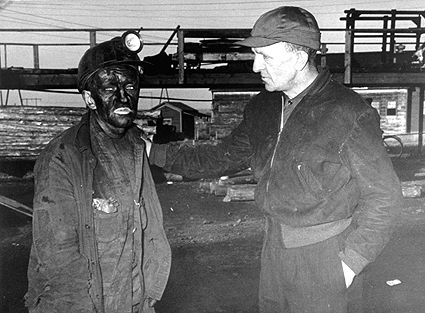Article
Metric Conversion
Metric conversion was the process of making metric units — such as metre, kilogram and degree Celsius — the common units of measurement in Canada, leaving the British imperial system (with units such as yard, gallon and pound) behind. The process was fraught with political interference and public resistance, and took place incrementally between 1970 and the early 1980s. Despite the shift, many Canadians still express certain measurements in imperial units, such as height (feet and inches).






